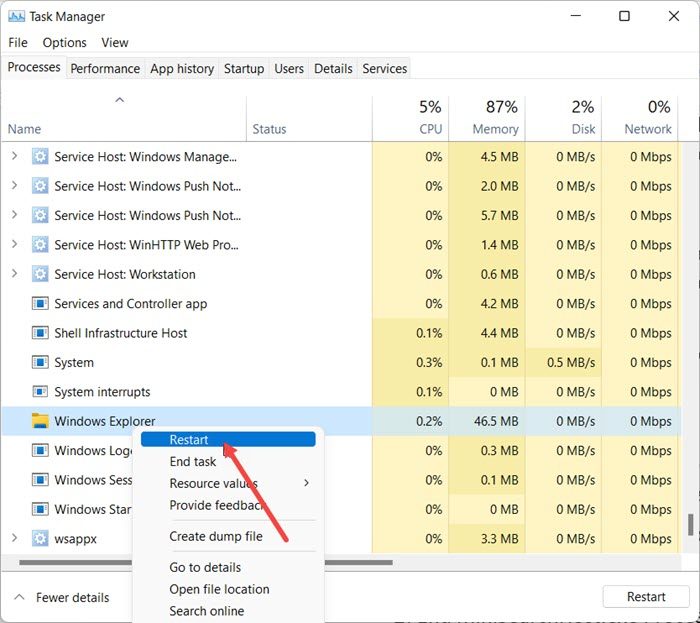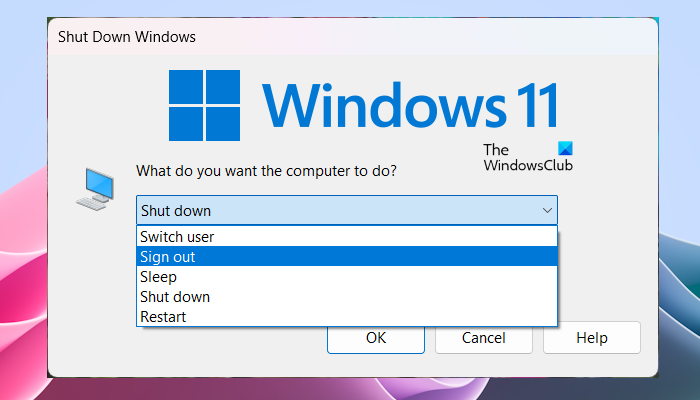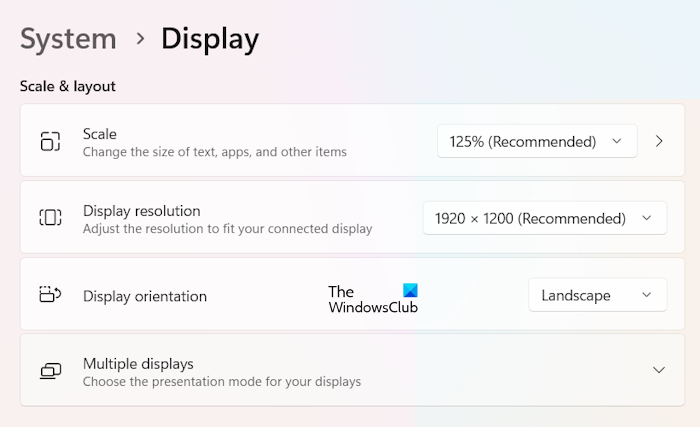Have you ever run into a situation where you want to raise the volume of a downloaded clip to make it audible, only to find that the Volume icon is missing from the Taskbar of your Windows 11 or Windows 10 computer? The problem occurs when the behavior of the system icon selection setting is greyed out. The more general approach to solving this problem is looking for a solution from the Settings program or the Control Panel or manually setting icons on the notification area.
![]()
Volume icon missing from Taskbar
If th Volume icon is missing from the Taskbar on your Windows 11/10 computer, the following suggestions will help you fix this problem.
- Turn the Volume system icon off or on
- Restart Windows Explorer
- Log out and log in again
- Change the display scaling
- Check the Group Policy Setting
- Modify Windows Registry
Below, we have explained all these fixes in detail.
1] Turn the Volume System Icon Off and On
In Windows 10, from the WinX Menu, open Windows Settings > Personalization > Taskbar. Here click on the Turn system icon on or off link.
![]()
The Turn System Icons On or Off panel will open, where you can set the icons you want to display in the Notification area. Just toggle the slider for Volume to the On position and Exit.
![]()
Here you will be able to turn any of the System Icons On or Off in the Windows 10 Taskbar.
To access this panel, you can also right-click on the Taskbar > Properties and click on the Notification areas: Customize button.
There is no such setting in Windows 11.
2] Restart Windows Explorer

Sometimes, this issue occurs due to a minor glitch. In such a case, simply restarting Windows Explorer can help. We suggest you restart Windows Explorer on your Windows 11/10 computer and see if this brings the volume icon back on the Taskbar. You can restart Windows Explorer easily via the Task Manager.
3] Log out and log in again

You can also try logging out of your system and then logging in again. This action will close all the opened applications. Therefore, before doing this save your work. Now, go to your desktop and then press the Alt + F4 keys. After that, click on the drop-down and select Sign out. Click OK. Now, sign in again and see if the sound icon appears on the Taskbar.
4] Change the display scaling
In some cases, this issue occurs after changing the display scaling. If you have recently changed the display scaling, we suggest you revert the changes. If you have not done this before, we suggest you try to change the display scaling and see if it helps.

The following steps will guide you on this:
- Open your system Settings.
- Go to System > Display.
- Under the Scale & layout section, change your display scaling. First, select the Recommended settings. If this does not work, try other options.
5] Check the Group Policy setting
If this does not help, if your version of Windows 11 or Windows 10 has the Group Policy, Run gpedit.msc to open the Local Group Policy Editor and navigate to the following setting:
User Configuration > Administrative Templates > Start Menu and Taskbar
Now in the right pane, search for the following setting – Remove the volume control icon. When found, double-click on it to open the following panel.
Ensure that the policy setting is Not configured or Disabled.
This policy setting allows you to remove the volume control icon from the system control area. If you enable this policy setting, the volume control icon is not displayed in the system notification area. If you disable or do not configure this policy setting, the volume control icon is displayed in the system notification area.
![]()
Click on Apply/OK and exit.
Hopefully, your Volume icon should be back on your Taskbar.
6] Modify Windows Registry
In Windows 11 or Windows 10, open the Registry Editor and navigate to the following path. Before making any changes to the Registry Editor, we recommend you create a System Restore Point and back up your Registry.
HKEY_CURRENT_USER\SOFTWARE\Microsoft\Windows\CurrentVersion\Policies\Explorer
![]()
The easiest way to go to the above location is to copy and paste it into the address bar of the Registry Editor. After that, hit Enter. Make sure that the Explorer key is selected on the left side.
Now, double-click on HideSCAVolume on the right side, change its value to 0 (zero), and then click OK. If the value does not exist on the right side, you have to create it manually. To do so, right-click in the empty space on the right side and select New > DWORD (32-bit) Value. Name HideSCAVolume to this newly created value. After making these changes, restart your system.
That’s it. I hope this helps.
How do I add volume control to my taskbar in Windows 11?
The volume control icon is already added to the Taskbar in Windows 11 and there is no way to hide it. However, if you want to add the Volume Mixer to the Taskbar, you can do so. For this, click on Windows 11 Search and type sndvol. Now, right-click on it and select Open file location. Right-click on the sndvol file in the File Explorer and select Pin to Taskbar.
Why does my taskbar not show all icons Windows 11?
You can turn on and off the Taskbar items in Taskbar settngs. Open Windows 11 Settings and go to Personalization > Taskbar. Expand the Taskbar items tab and enable or disable the Taskbar items.
See this post if Turn system icons on or off is grayed out. Towards the end of this post, you will see a registry setting which you may have to tweak.